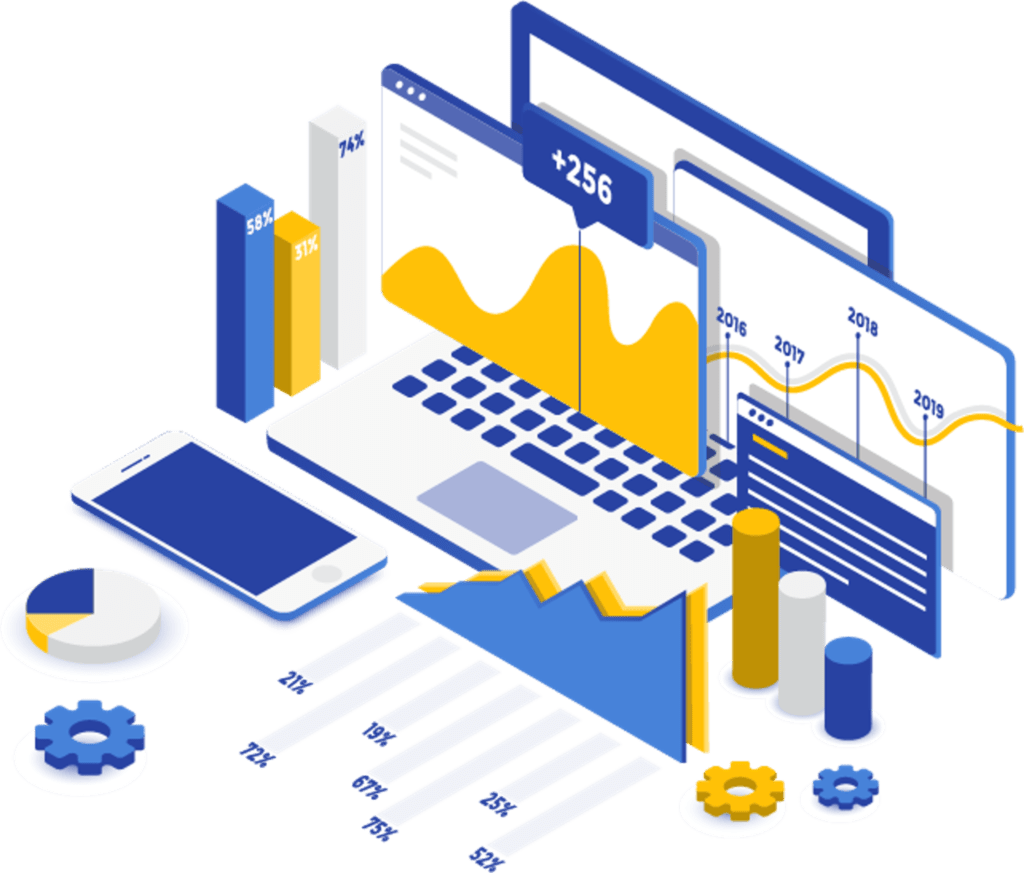
LOGIN

Register
 Drop Your Query
Drop Your Query
Data Science Course & Certification with Generative AI, AI Agents & Automation
Diploma in Data Science Course. Online and Offline Classes
- Do you want to be a Data scientist?
- Do you want to be more valuable in this competitive world?
- Do you want to increase your earning more?
IRA Soft Consultancy Services will provide you the best solution for your professional needs. Our systematic training program will up-skill your career to the next level.
Get hands on experienced through our live project system and become a master on it.
Join to us without having any prior experience in programming language and grab the data of opportunity.
Learn a variety of tools, languages, and libraries to analyze and manipulate data, build models, and derive insights from a professional data scientist.
💡 One among the top 10 most valuable certification
💡 90% of the people get job after Certification
💡 Experienced and Certified Trainers
 Drop Your Query
Drop Your Query
 Get Course Content
Get Course Content
About Data Science Course & Professional Certificate
Through this online Data Science and Artificial Intelligence course, you can master all basic and advanced level skills in various tools and techniques involved in the fields of Data Science, Machine Learning, Deep Learning and Artificial Intelligence. Take your career to new heights as a Data Scientist. Develop skills and practical experience that will make you job ready as a Data Scientist in 6 months. No prior experience required.
How International Students Can Thrive in the UK’s Booming Data Science Course Landscape ?...Read More

Benefits
- Hands-on-Project
- Certificate
- Certified Professionals for training
- One-on-one session with industry mentors
- Affordable Training fee
Exclusively for
- Engineers
- Marketing & Sales Professionals
- Freshers
- Domain Experts
- Software & IT professionals
Opportunities
 Data Analyst
Data Analyst Data Scientist
Data Scientist
 Data Engineer
Data Engineer Product Analyst
Product Analyst
Data Science Course Overview
This Data Science course using Python and R endorses the CRISP-DM Project Management methodology and contains a preliminary introduction of the same. Data Science is a 90% statistical analysis and it is only fair that the premier modules should bear an introduction to Statistical Data Business Intelligence and Data Visualization techniques. Students will grapple with Plots, Inferential Statistics, and various Probability Distributions in the module. A brief exposition on Exploratory Data Analysis/ Descriptive Analytics is huddled in between. The core modules commence with a focus on Hypothesis Testing and the "4" must know hypothesis tests. Data Mining with Supervised Learning and the use of Linear Regression and OLS to enable the same find mention in succeeding modules. The prominent use of Multiple Linear Regression to build Prediction Models is elaborated. The theory behind Lasso and Ridge Regressions, Logistic Regression, Multinomial Regression, and Advanced Regression for Count Data is discussed in the subsequent modules.
A separate module is devoted to Data Mining Unsupervised Learning where the techniques of Clustering, Dimension Reduction, and Association Rules are elaborated. The nitty-gritty of Recommendation Engines and Network Analytics are detailed in the following modules. The various Machine Learning algorithms follow next like k-NN Classifier, Decision Tree and Random Forest, Ensemble Techniques, Bagging and Boosting, Adaboost, and Extreme Gradient Boosting. Text Mining, Natural Language Processing, Naive Bayes, Perceptron, and Multilayer Perceptron are the focal points of the succeeding modules.
The fundamentals of Neural Network ANN and Deep Learning Black Box Techniques like CNN, RNN, and SVM find prominent features as well. The concluding modules contain model-driven and data-driven algorithms for Forecasting and Time Series Analysis.

Course Curriculum
This online Data Science and Artificial Intelligence course aims to make you master in all the basic and advanced level skills in the various tools and technologies involved in the field of Data Science, Machine Learning, Deep Learning, and Artificial Intelligence.
Hours : 15
Introduction- What is Python?
- Why Should I learn Python?
- Installing Python
- How to execute Python program
- Write your first program
- Variables
- Numbers
- Variable Assignments
- Introduction to Strings
- Quick Print Check
- Indexing and Slicing with Strings
- String Properties and Methods
- Print Formatting with Strings
- Lists in Python
- Dictionaries in Python
- Tuples with Python
- Sets in Python
- Comparison Operators in Python
- Chaining Comparison Operators in Python with Logical Operators
- if...statement
- if...else statement
- elif...statement
- The while...Loop
- The for Loop (break, continue, pass)
- Functions
- Define function
- Calling a function
- Function arguments
- Built-in functions
- Modules
- How to import a module ?
- Command line arguments using sys module
- Standard module- OS
- Packages
- Introduction about classes & objects
- Creating a class & object
- Inheritance
- Methods Overriding
- Data hiding
Hours : 25
NUMPY- Imports and installations
- Array Creation Routines
- Reading documentation within the interactive shell
- Defining features of NumPy Arrays
- Shape and size
- Datatype
- Slicing and Indexing
- Indexing
- Slicing
- Conditionals and Conditional Indexing
- Array Manipulations
- Reshape, flatten, resize and transpose
- Broadcasting
- Expanding and squeezing dimensions
- Concatenating and stacking
- Splitting
- Append, insert and delete
- Element-wise operations (add, multiply, etc)
- Aggregation operations (sum, min, max, etc
- Matrix Operations (dot products, matrix multiplication, etc)
- Input / Output with NumPy
- SCIPY IO
- SCIPY Constants
- SCIPY Stats
- SCIPY SCGraph
- Introduction to Pandas (Python programming
- language for data manipulation and analysis)
- Understanding Series, Data Frame (rows and columns)
- Create Data Frame and using List and Dictionary
- Addition, Subtraction of Columns
- Column Deletion
- Row or column selection
- How to import csv files How to take information about the different types of variables it contains How to extract information about the total rows and columns it has How to subset the data from that file
- Removing negative values, replacing missing values with central tendencies Creating/evaluating a new column in an existing dataset
- Renaming variable names, adding data labels
- Filtering data according to a specific condition
- Appending Data sets
- Merging data sets, Removing duplicates
- Sorting data-ascending/descending order - wrt one /two vbls
- Creating Summaries/Reports/Tables - What a Pivot do in MS-Excel
- Transposing a dataset
- Understand the matplotlib module
- Plotting graph
- Different main function of labeling graphs
- Styling the graph
- Supervised / Unsupervised Learning
- Regression
- Understand the Linear/Logical regression
- Decision Tree
- Jupyter Notebook, Python Anaconda 3.6
- General Programming Structure
- Variables and Data types
- Nested Decision Statements
- Use of For and While Loops
- Use of Dictionary, Lists, Tuple, Sets
- Use of Regular Expressions
- Using Zip, Enumeration, *args, **kwargs
- Using map, filter, reduce
- Anonymous Functions, List Comprehension
- Files - Opening, Reading, Writing, Closing
- Regular Functions
- Generator Functions
- Implementing Classes and Objects
- Multi-dimensional Lists (2D Matrix)
- Error Handling
- Importing Modules
- Introduction to numPy Module
- Introduction to sciKit Module
- Introduction to MatplotLib Module
- Correlation
- Hypothesis Testing
- Significance Level
- Cross Validation
- Confidence Interval
- Descriptive Statistics
- Anova
- R squared Error
- Simple Linear Regression
- Multiple Linear Regression
- Polynomial Regression
- Gradient Descent
- Stochiastic Gradient Descent
- Support Vector Regression (SVR)
- Decision Tree Regression
- Random Forest Regression
- Evaluating Regression Models Performance
- Hands-on Assignments
- Logistic Regression
- K-Nearest Neighbors (K-NN)
- Support Vector Machine (SVM)
- Kernel SVM
- Naive Bayes
- Decision Tree Classification
- Random Forest Classification
- Evaluating Classification Models Performance
- Hands-on Assignments
- K-Means Clustering
- Hierarchical Clustering
- Hands-on Assignments
- Apriori
- Eclat
- Market Basket Analysis
- FP Growth
- Hands-on Assignments
- Upper Confidence Bound (UCB)
- Thompson Sampling
- Part of Speech Tagging
- Word sense Disambiguation
- Natural Language Understanding
- Natural Language Generation
- Artificial Neural Networks
- Convolutional Neural Networks
- Recurrent Neural Network (RNN)
- Principal Component Analysis (PCA)
- Linear Discriminant Analysis (LDA)
- Kernel PCA
- Model Selection
- Model Evaluation& Performance
- Interview Prep : Grooming Session
- Bonus Lecture : Review
Request more information
Reviews
FAQs
Data science is a broad discipline with a few accredited certification programs. However, many of those programs are cost-prohibitive.
although somewhat new in the nomenclature, data science encompasses many skills that professionals may already have acquired through work or educational experience such as:
Programming
- Statistics and statistical modeling: Descriptive, diagnostic, inferential, predictive, prescriptive
- Data visualization: Box plots, scatter plots, and more
- Machine Learning and modeling: Regression classification, clustering, and more.
Data scientists also need to have an understanding of and exposure to reproducibility, decision-making and working with stakeholders and executives. So attaining a second (or third) degree may not be the best option for professionals looking to break into data science. Yet to be successful, they still need to communicate their experience, skills and acquired knowledge to prospective employers.




